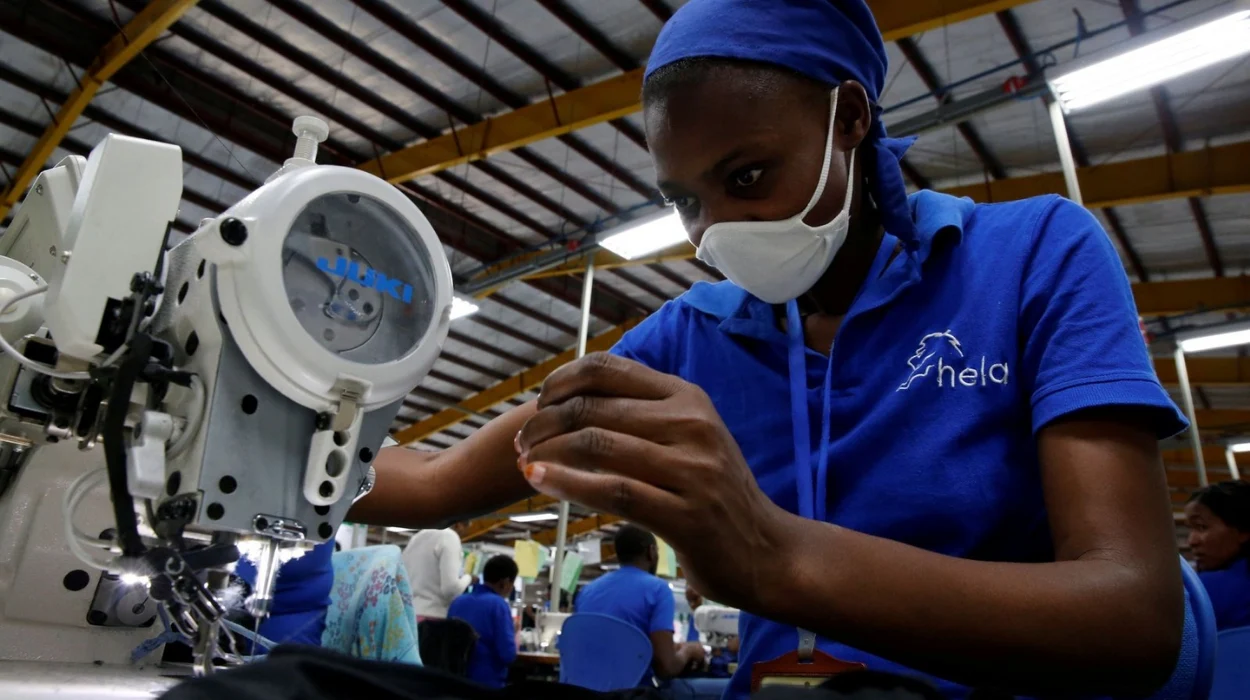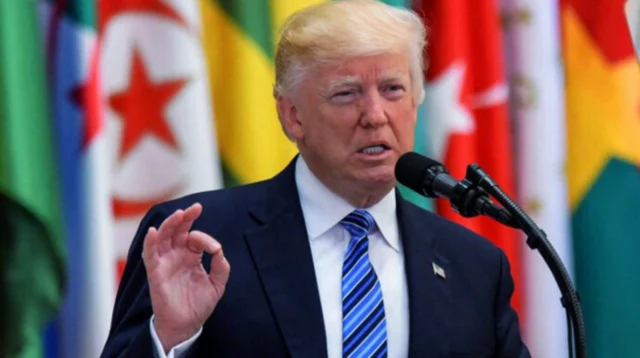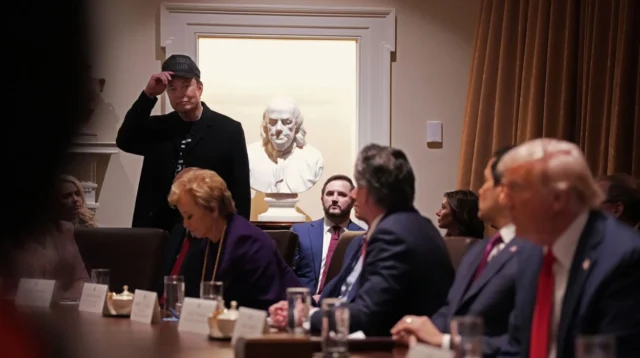The lapse of the African Growth and Opportunity Act (AGOA) in September 2025 will be a pivot point in United States economic policy with regard to Africa. AGOA was an unprecedented policy first signed in 2000 that provided duty-free entry to the US market of more than 6,500 items made by the qualified sub-Saharan African nations.
The expiration of its term, not extended or replaced in the continuing resolutions of the Congress at its re-election in 2025, is an omen of a new set of priorities in Washington.
The present government led by President Donald Trump has indicated that aid-based systems are no longer in the US strategic or economic interests. Rather, it is focused on reciprocal advantage, self-sufficiency and market based interaction. This larger foreign policy doctrine of the administration in 2025 based trade preferences on national interest and reciprocity is a clear departure with regard to the AGOA largely one-sided concessions.
Economic and Geopolitical Context in 2025
In 2024, the US-Africa trade amounted to 104.9 billion, which is a rise of 8.3 percent compared to last year. The main industries were oil and gas, agriculture, clothing and car parts. Nevertheless, even amid this expansion, China still commands the majority in the importation markets of Africa with a four-fold export more than that of the US within the same time frame. The Belt and Road infrastructure projects and commodity-to-credit arrangements by China provide Africa with an alternative form of finance not offered by the US.
The Trump administration trade policy is aligned with its overall geopolitical actions which include targeted tariffs against countries like South Africa. These actions are in line with the strong South Africa BRICS group ties and recent international courts condemning the US foreign policy. This trade and diplomacy crossover has increased the complexity of US involvement in Africa in 2025.
Strategic Policy Realignment
The abolition of USAID and the incorporation of the foreign aid activities into the State department can be interpreted as a structural change in the aid to commerce diplomacy. In June 2025, the US-Africa Business Summit took place in Johannesburg and marked the next world step to introduce a new six-point economic cooperation plan. This strategy focuses on infrastructure, energy, technology, manufacturing, governance and workforce development.
Having announced trade agreements to the tune of $2.5 billion, the summit was the best sign so far that the US is planning to form lasting commercial relationships based on business and not conventional development aid. The government officials refer to the model as encouraging fair competition, contrary to dependency.
Opportunities Emerging in Post-AGOA Trade Framework
The new US-Africa trade deals have a very important basis in the integration of Africa under the African Continental Free Trade Area (AfCFTA). With an area of 54 countries and a population of 1.4 billion, AfCFTA provides a single market to the US exporters and investors. The free trade area also eases the customs processes, harmonizes standards as well as enhances regional logistics- some of the major benefits to the American firms that will have to operate in fragmented regulatory environments.
A number of companies in the US have already declared logistics centers and collaborations in the member countries of AfCFTA, with the intention of creating regional supply chains that connect African manufacturing to the global market of African countries. This fits the US industry interests to source outside of China, particularly critical minerals and electronics.
Key Sectors With Growth Potential
High-potential sectors have been identified to include technology infrastructure, renewable energy and agribusiness. The US international development finance corporation (DFC) has diversified credit assurance and project financing in West and East Africa which has mainly focused on telecommunication, solar energy and irrigation networks.
The Biden-era Prosper Africa program although rebranded into the State Department is still operational in bringing about partnerships between the State and business. At the beginning of 2025, fintech startups in Kenya and Ghana were given 200 million dollars of resources, which demonstrates that the US increasingly shows interest in the digital transformation in Africa.
Challenges Confronting a Sustainable Economic Relationship
The end of AGOA creates a vacuum, which can be challenging to the smaller African economies to manoeuvre. Though countries with a larger export base such as Nigeria, Kenya, and South Africa are able to switch to bilateral or industry-level agreements, less diversified countries experience instant disadvantages. Local industries may even lose access to the US markets overnight without a gradual process or a transitional aid.
Proponents of African business caution that taking away the duty-free status might undermine export-based job creation and demoralize the development of industry. The largest beneficiaries of AGOA, such as textile and apparel producers in Ethiopia and Lesotho have already claimed that the US orders have fallen by mid-2025.
Immigration and Security Pressures
The growth of African immigration to the US southern border has heightened the political tension in the US-Africa relationship. Almost 34,000 African migrants were already met at the border by the first half of 2025, which raised again the discussions on foreign aid, policy on asylum, and border security. In such an environment, trade relations can even be regarded through the prism of security making negotiations more difficult.
Governments of Africa have demanded that the US separate migration concerns to economic cooperation as they feared that restrictive immigration policies might erode trust and affect bilateral goodwill.
Strategic Recommendations for Enhanced Cooperation
According to trade experts, a multi-layered response to post-AGOA relations would comprise country-specific agreements, regional agreements, and interaction via AfCFTA protocols. This would enable the US to promote the development path of Africa and also protect its own strategic interests.
The proliferation of digital trade agreements, streamlining the customs process, and investments in data-driven trade analytics are also the main ways of maximizing future cooperation. African countries have suggested mutual recognition systems that would harmonize quality and safety of products thereby reducing entry barriers to small and medium enterprises (SMEs) dealing with the US.
A Role for Conditional Preferences and Joint Investment
Certain critics prescribe a conditional trade preference model which will reward economic reform, democratic governance, and transparency of regulation. This can be combined with incentives on investment that are performance based to turn capital into infrastructure and production in Africa.
Multilateral development banks and sovereign wealth funds co-financing can also have more of a role. According to a 2025 World Bank research, blended finance has the potential to raise up to 50 billion dollars a year to African development projects in case it is coordinated with the G7 trade priorities.
The Future Pathway of US-Africa Trade Engagement
The future of US trade with Africa upon expiry of AGOA is characterized with competing interests and priorities of commercial ambition, geopolitical competition, and diplomatic realism. The new paradigm promises focused win-win collaborations in lieu of preference programs that are one-way. With the economies of Africa increasingly integrated regionally and competitively globally, there is the challenge and the opportunity of the US to engage through performance-rewarding trade mechanisms that recognize sovereignty and bring about growth that is shared.
Much will depend on how quickly both sides can adapt to this new paradigm. The agility of policymakers, responsiveness of the private sector, and clarity of regulatory frameworks will determine whether the post-AGOA period becomes a foundation for deeper economic ties or a moment of divergence. For both Africa and the United States, navigating this transition with vision and pragmatism will shape the global trade landscape of the coming decade.





